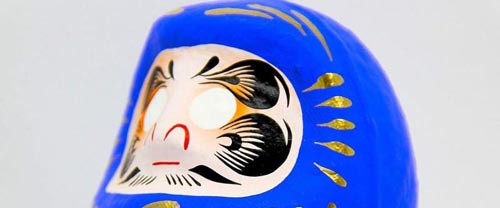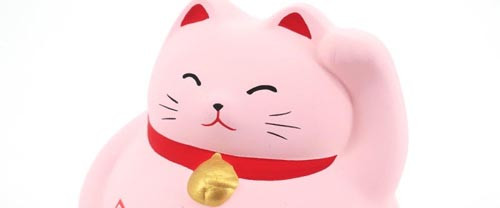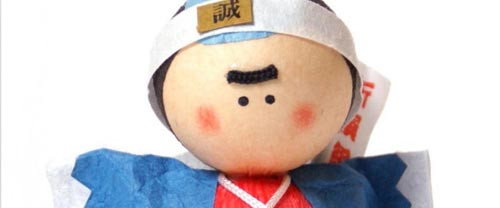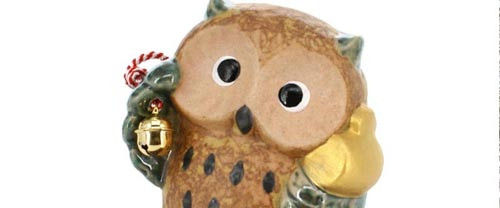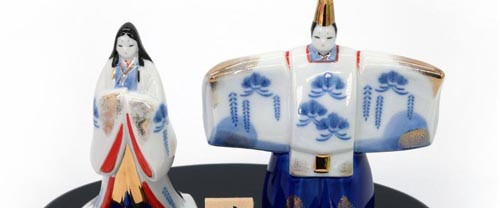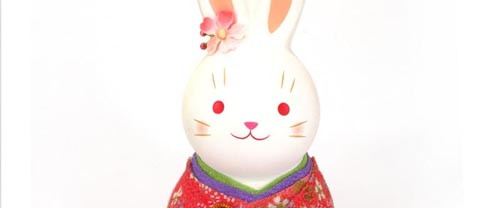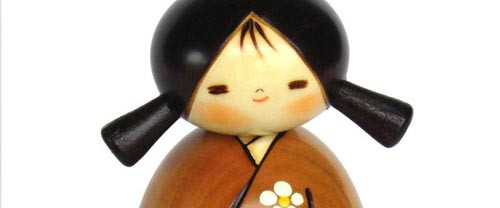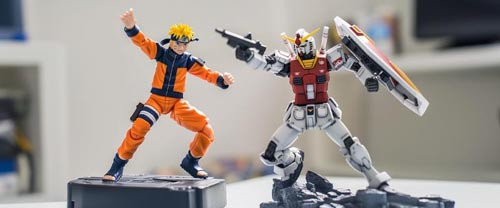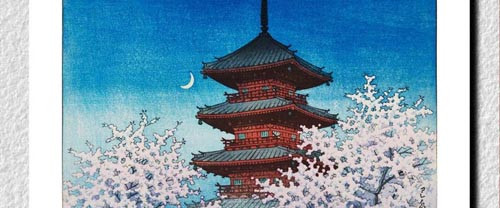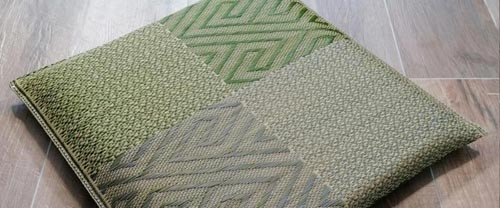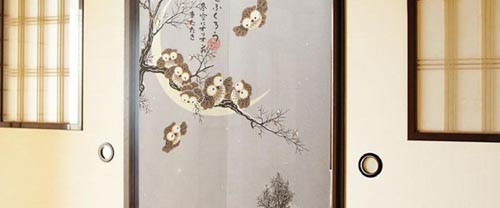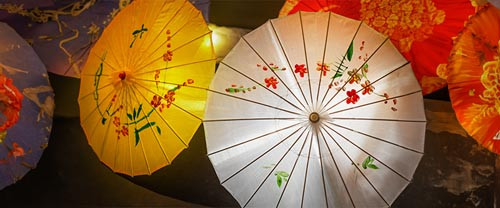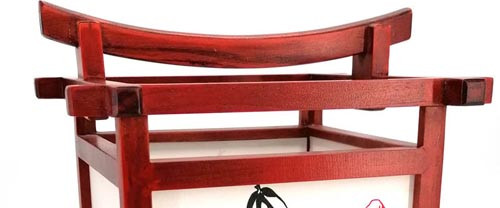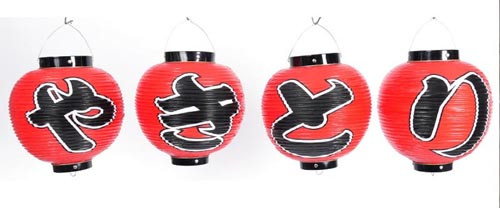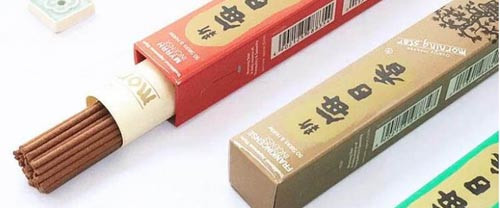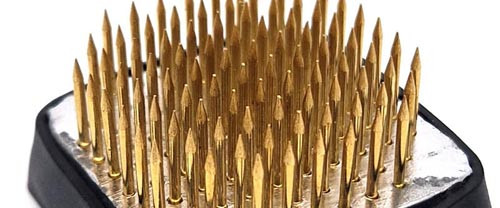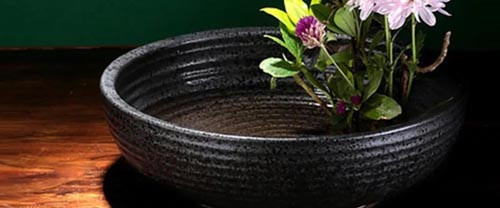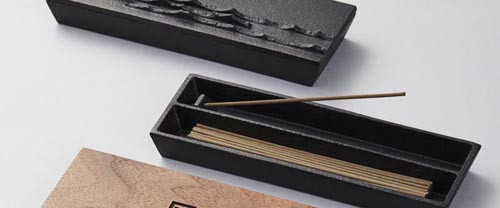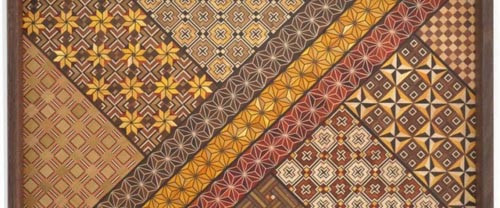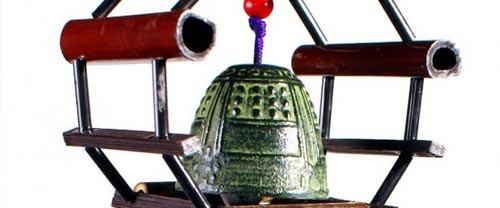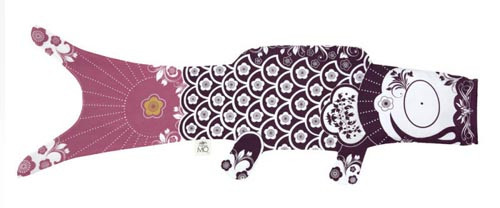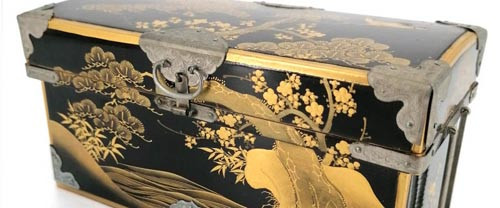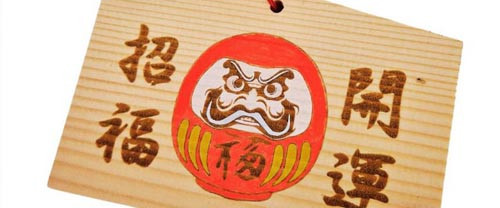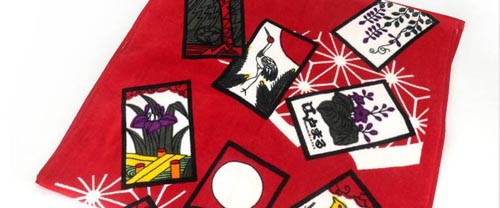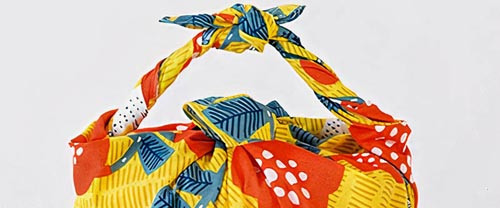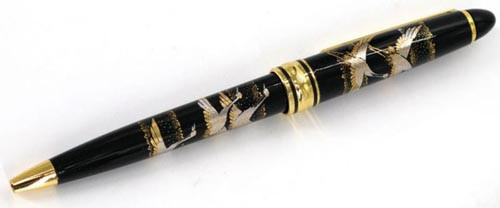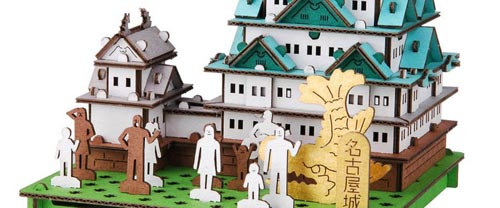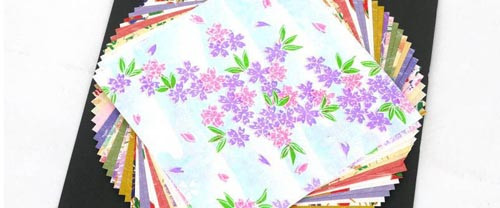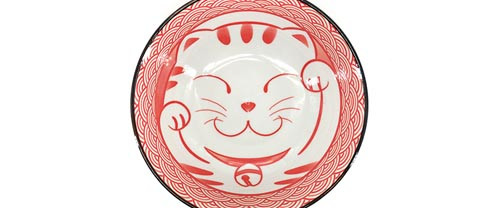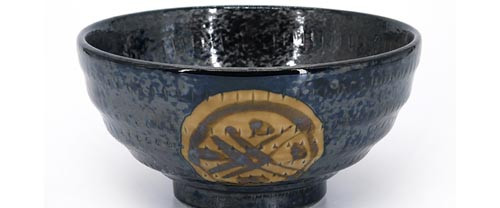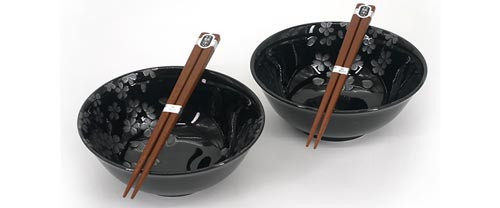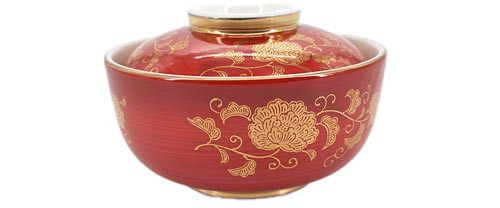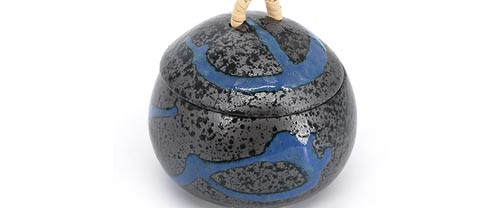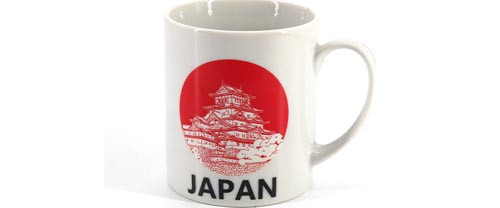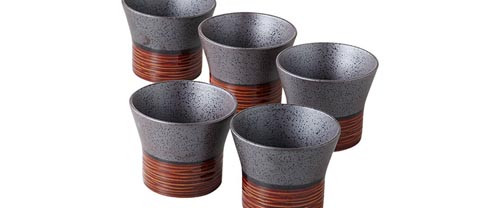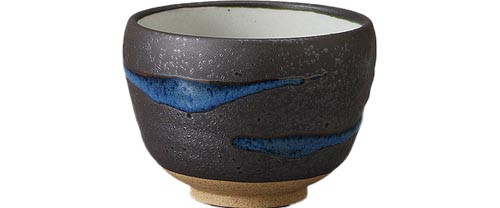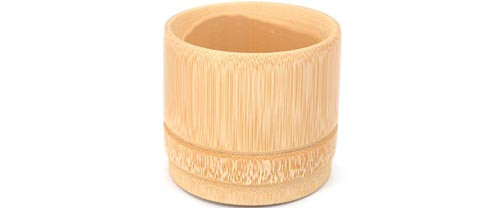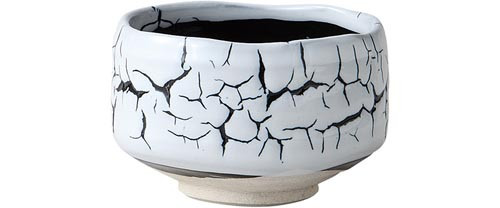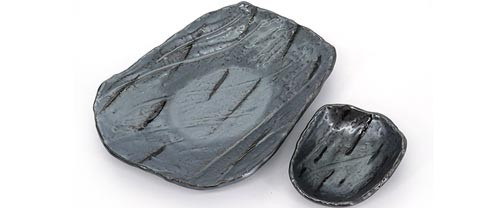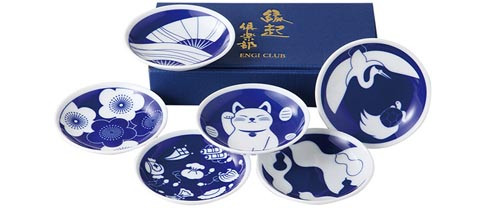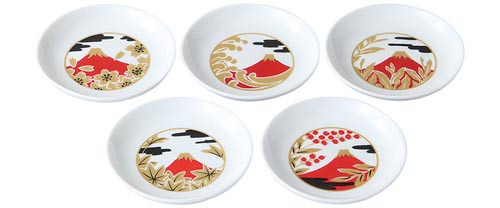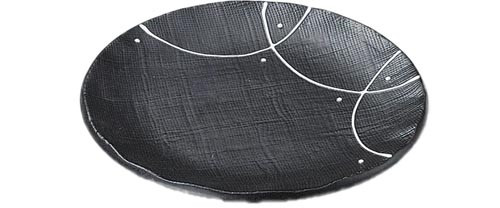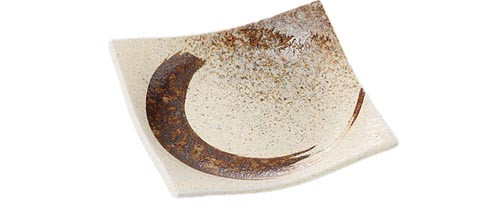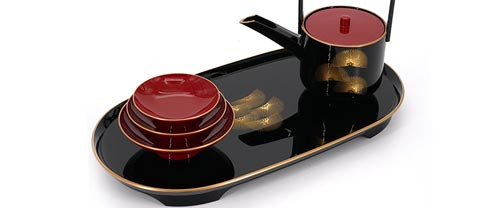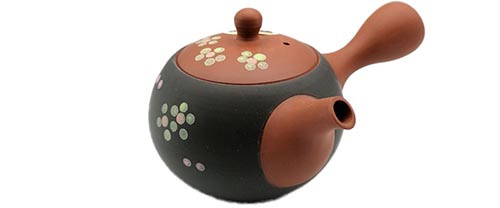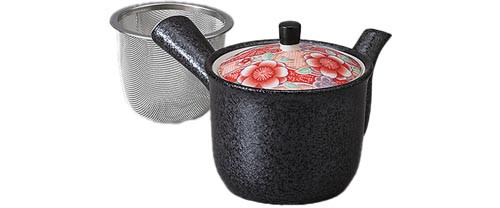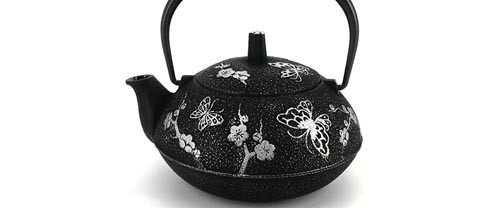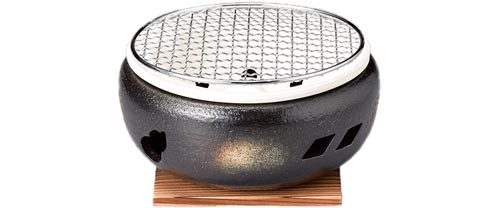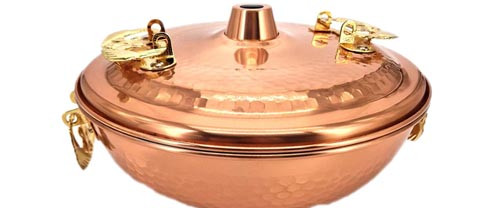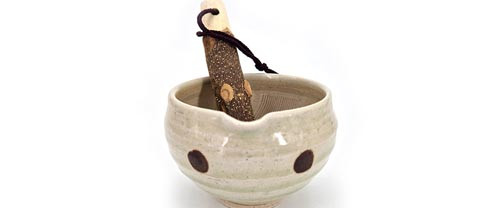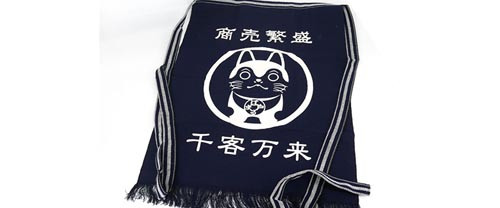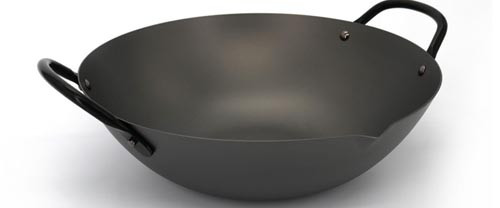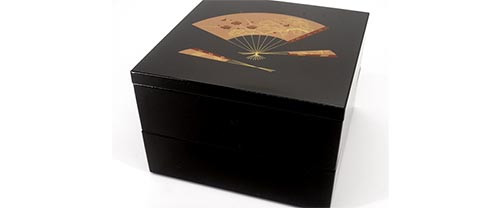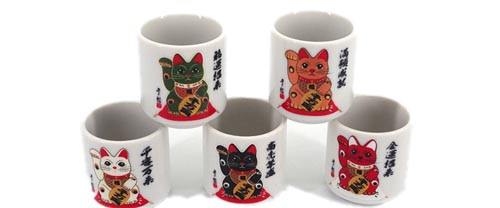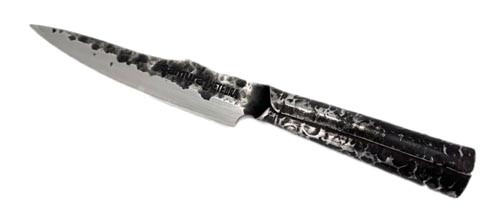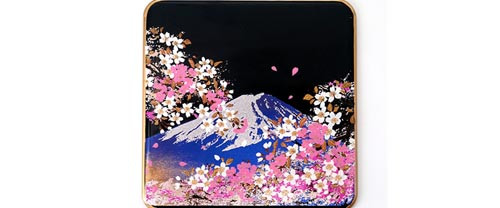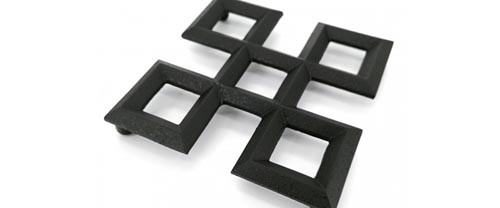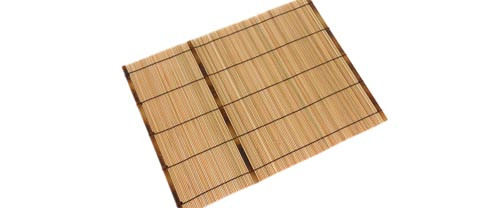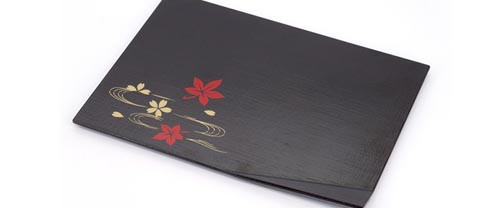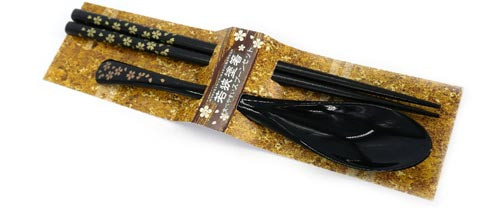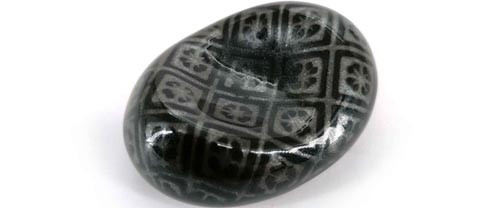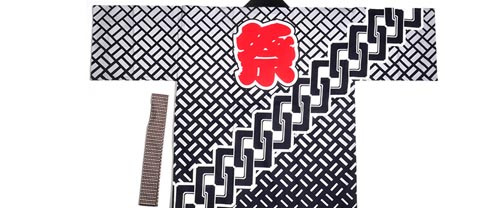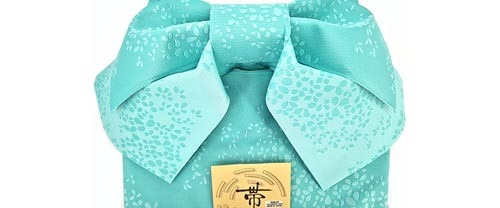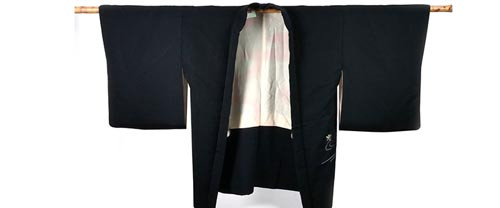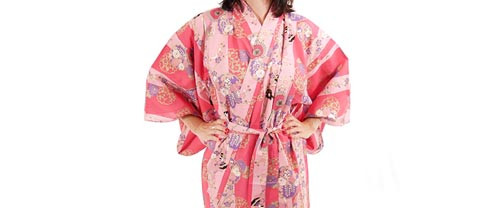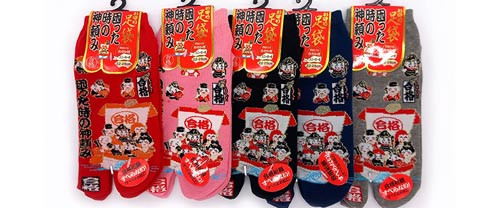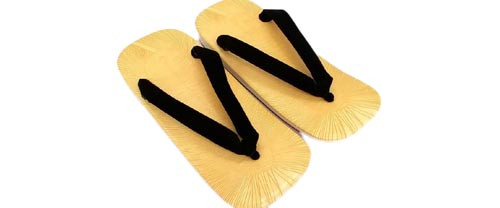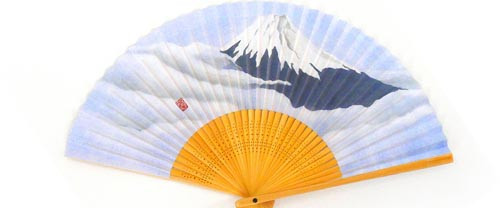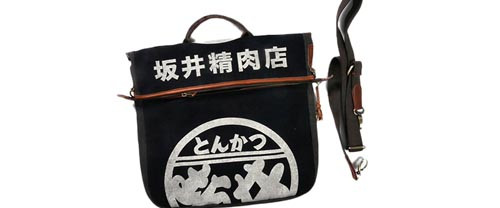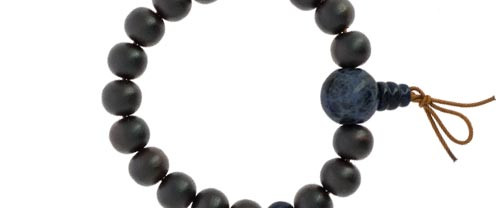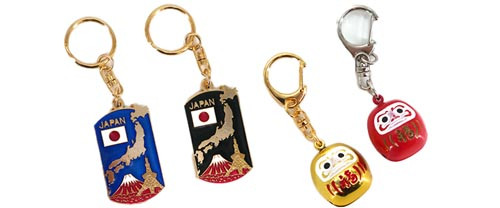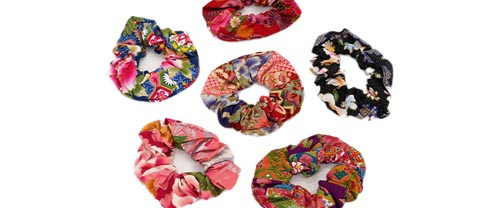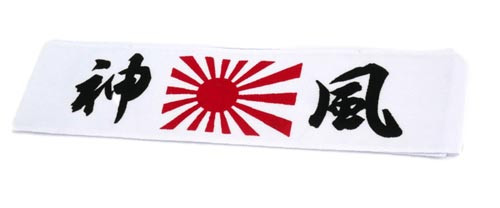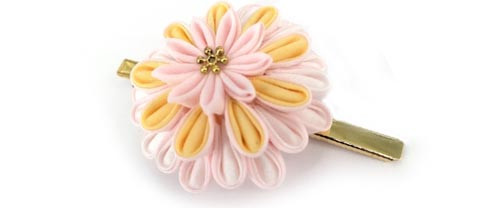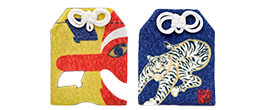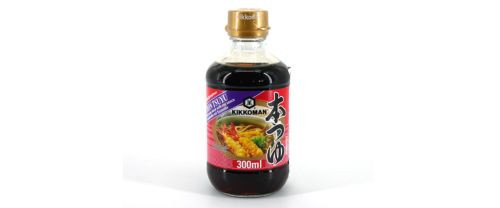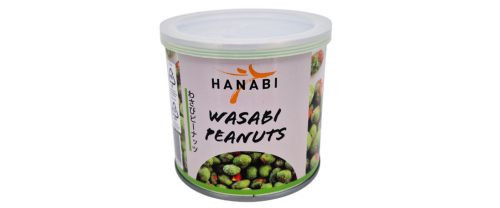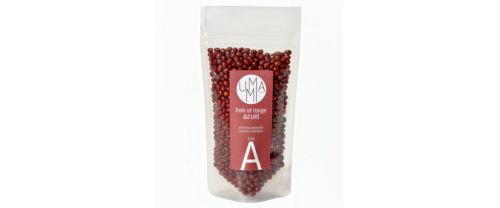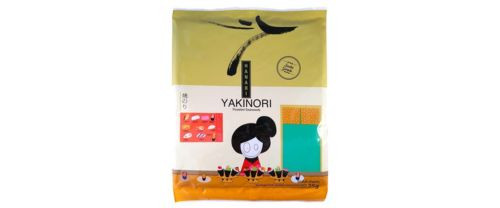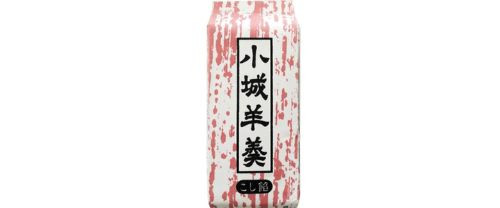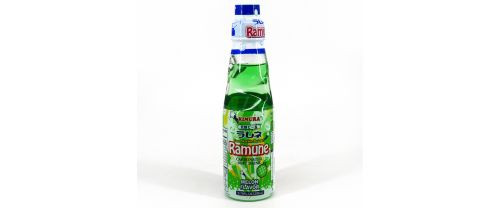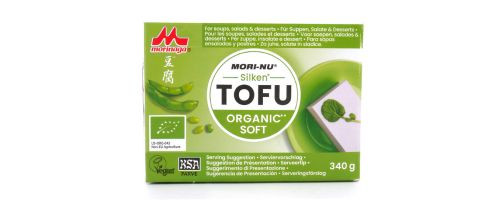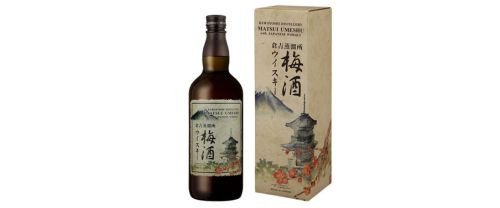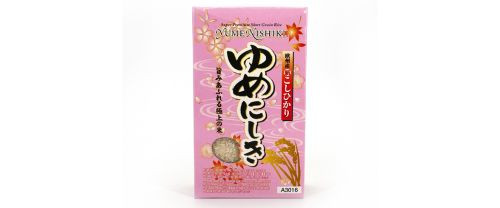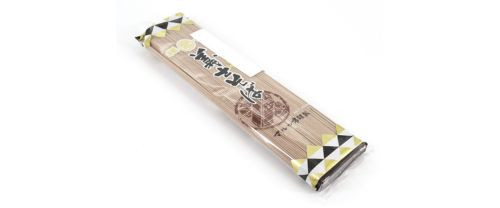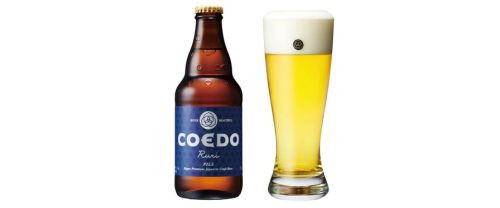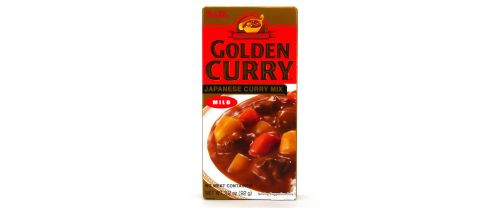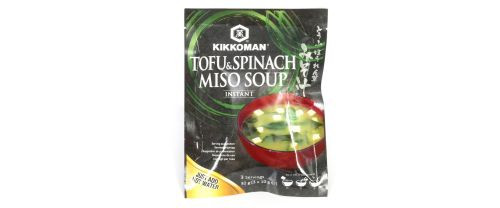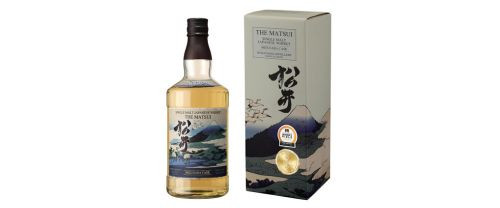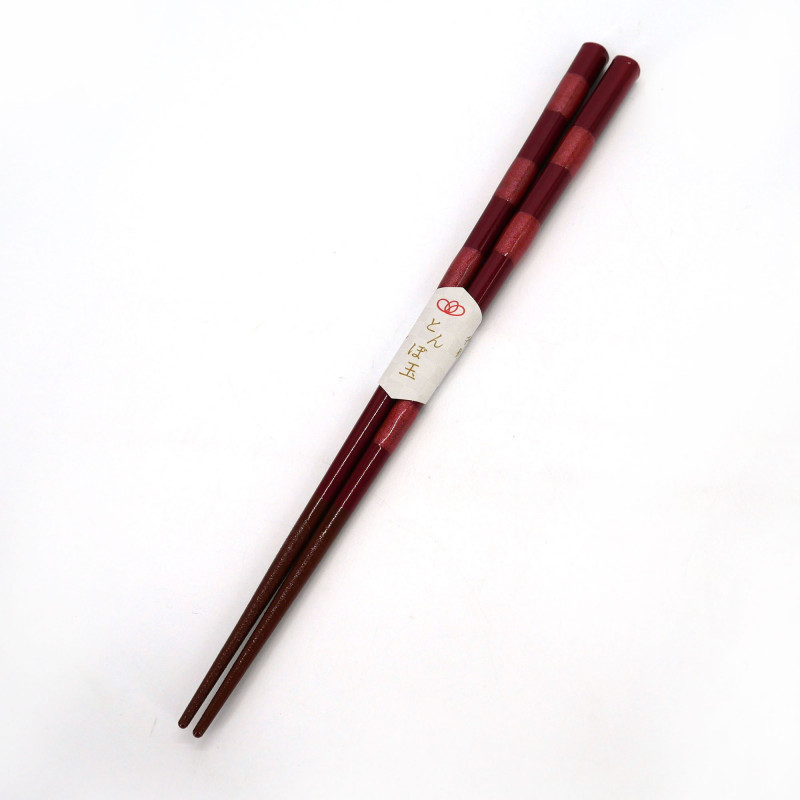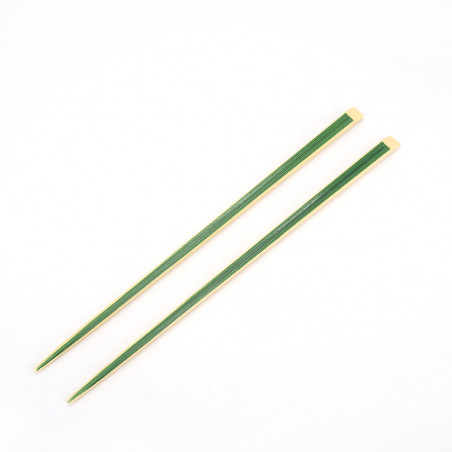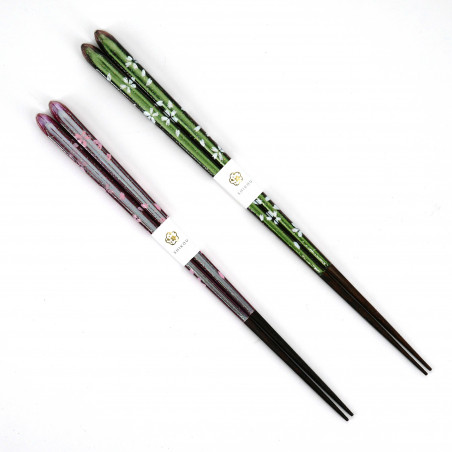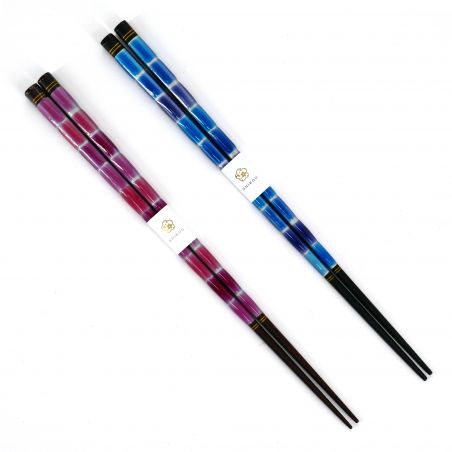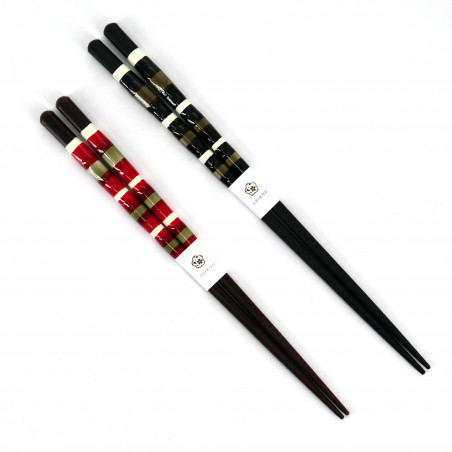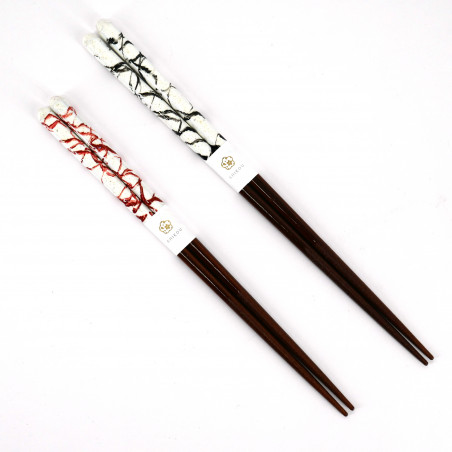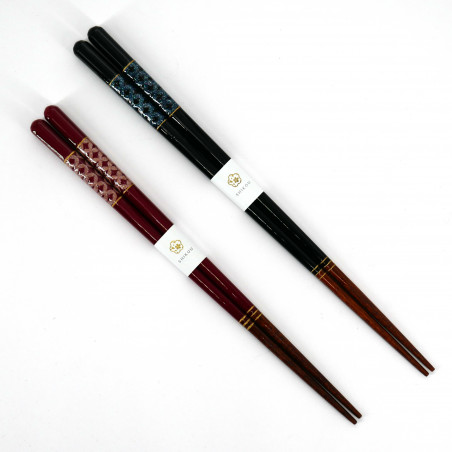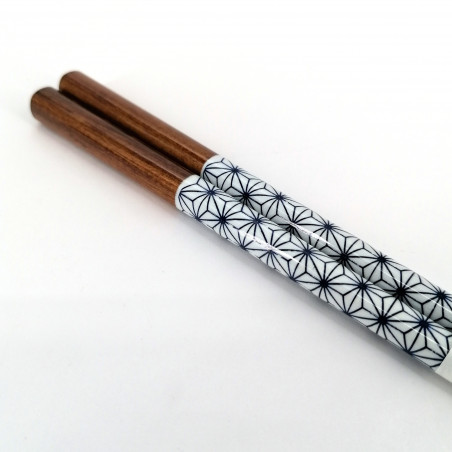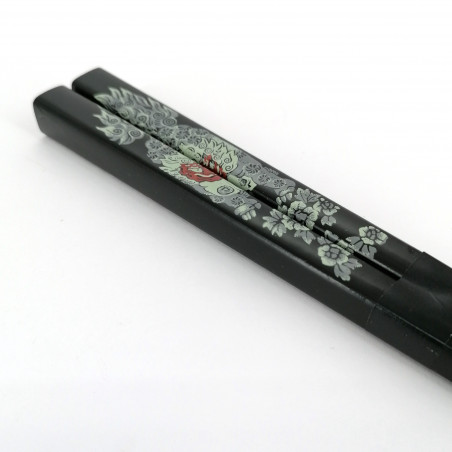Pair of Japanese chopsticks in red or blue natural wood, WAKASA NURI ICHIBAN, 21 or 23 cm
Pair of Japanese chopsticks in red or blue natural wood, WAKASA NURI ICHIBAN, 21 or 23 cm
Delivery times :
- 1 to 3 working days for France, Belgium and Switzerland.
- 3 to 5 working days for other countries in Europe
- 3 to 5 working days for other countries via DHL
This item is shipped from our warehouse in France.
You may return or exchange an item within 14 days of receiving your order. For more information, see our Return Policy
| Length | 23 cm |
|---|---|
| Compositions | Wood and Acrilic Urethane |
| Product origin | made in Japan |
Wakasa lacquerware (called Wakasa-nuri in Japanese) is produced in the area around the town of Obama in Fukui Prefecture. It is believed to have originated in the early Edo period (1603-1868), when a craftsman working for Obama's estate (now the town of Obama), which controlled the area near Wakasa Bay, created a design depicting the magnificent depths of the sea. Wakasa Bay is a picturesque area because it is a ria coast made up of many small bays. These include Amanohashidate, one of the three most picturesque places in Japan, and Kehi no Matsubara, one of the three most picturesque pine forests in Japan.
The elements that define Wakasa lacquerware are the creation of motifs with egg shells, shells and pine needles and the use of togidashi maki-e, a technique that consists of raising the motif by applying several layers of lacquer. These characteristics give this craft a unique and composed look. It is also highly prized artistically, unlike other types of lacquer, which are more appreciated for their functionality alone.
Wakasa lacquer is popular for everyday use because of its durability against heat and water, with lacquer chopsticks accounting for more than 80% of the lacquer chopsticks produced in the country. Another attractive aspect is that the entire production process is carried out by a single craftsman, which gives each piece its individuality.
Chopsticks are cutlery for grasping food, they are mainly used in Asia and are traditionally used. They are also a decorative element. There are many different designs and you can easily find the right pair for you.
There are several advantages to eating with chopsticks :
Eating more slowly, for example, makes you feel full more quickly, which leads to eating less and therefore to a reduction in weight gain.
Eating with chopsticks would lead us to eat in small bites that we would chew less. This would reduce the rise in blood sugar levels and thus prevent chronic diseases such as type 2 diabetes or obesity.
Chopsticks are also very practical, as you can grasp, turn, prick, untangle, mix, fish in hot water without burning yourself and remove food with great precision.
Eating with chopsticks is easier than you think:
1- Slide a first chopstick into the hollow between your thumb and forefinger and then place the front of the chopstick on the ring finger. This stick remains immobile.
2- Grasp the second stick between the index, middle and thumb, as if you were holding a pen. This stick is mobile.
3- Practise moving the upper stick to make a pinch movement with the lower stick, which is still immobile. Once you have captured the movement, try to grasp food and hold it long enough to bring it gently to your mouth.
And while there are indeed several things not to do when eating with chopsticks, (e.g. sticking chopsticks into food, pushing dishes or food with them, pointing at something or someone with the chopsticks...) they are specific to Japanese culture and it is up to each person to respect them or not.

